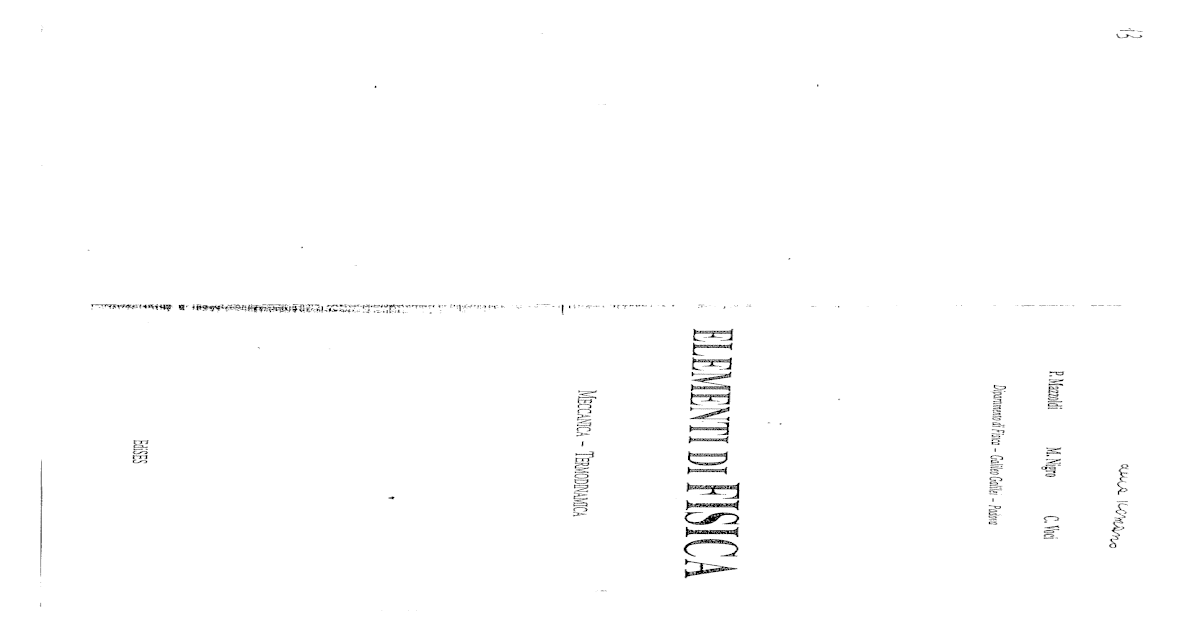

These results were compared with sea surface elevation data at the same locations and for the same period of current measurement. The phase differences between both inlets shows that the inflowing current at Malamocco leads for about 20 minutes the one at Lido. the flow is almost entirely driven by the tidal signal. The whole set of constituents explains between 94 and 97% of the total variance, i.e. Harmonic analysis is applied for determining the main tidal constituents in the flow. The preliminary results have shown a highly- dominant tidal signal with the polarization of the oscillations mainly along the channel axes. From these measurements is apparent that the currents can reach to almost 2 m/s with the corresponding flow rate about 10000 m3/s (for a comparison Po, the biggest Adriatic river has an average discharge rate of 1500 m3/s reaching only exceptionally a value of 11.000 m3/s). The vertical resolution is set to 1 meter and the three-components current is sampled and recorded every 10 minutes. The measurements initiated 17 June, 2001 at selected locations, namely Lido and Malamocco. Current measurements have been carried out with the bottom-mounted Acoustic Doppler Current Profiler (ADCP) so that in each inlet one ADCP has been installed. Waves in elastic media: longitudinal and transverse waves, mathematical description of wave propagation, harmonic waves, D'Alembert equation, vibrating string, elastic waves in a bar and in a gas, interference, beats, standing waves, Doppler effect.The first long-term monitoring of current flow in the inlets of the Venice lagoon has started in summer 2001.Gravitation: Kepler’s laws, law of universal gravitation, Cavendish experiment, gravitational potential energy, gravitational field, motion of a satellite in circular orbit, escape velocity.Dynamics of a system of particles: external and internal forces, momentum of the system, first cardinal equation of the dynamics, isolated system and conservation of momentum, motion of the center of mass, collisions.Work, energy, momentum: definition of work, theorem of kinetic energy, work of the weight, work of the elastic force, conservative forces, potential energy, mechanical energy, momentum and impulse, torque, angular momentum.Dynamics of a point particle: Newton’s laws, concept of force, weight force, constraint reaction forces, sliding friction, viscous friction, elastic force, harmonic motion, the simple pendulum, inertial and non-inertial frames of reference, fictitious forces.Kinematics of a point particle: motion in one and more dimensions, relative motions, vectorial composition of velocities.The goal of the course is to provide the students with knowledge of basic principles of the mechanics with particular regard to the concepts of force, energy and wave propagation and with the ability (through classroom excercises and homeworks) to schematize a natural phenomenon, to apply the proper physical laws, and to critically evaluate the results.


 0 kommentar(er)
0 kommentar(er)
